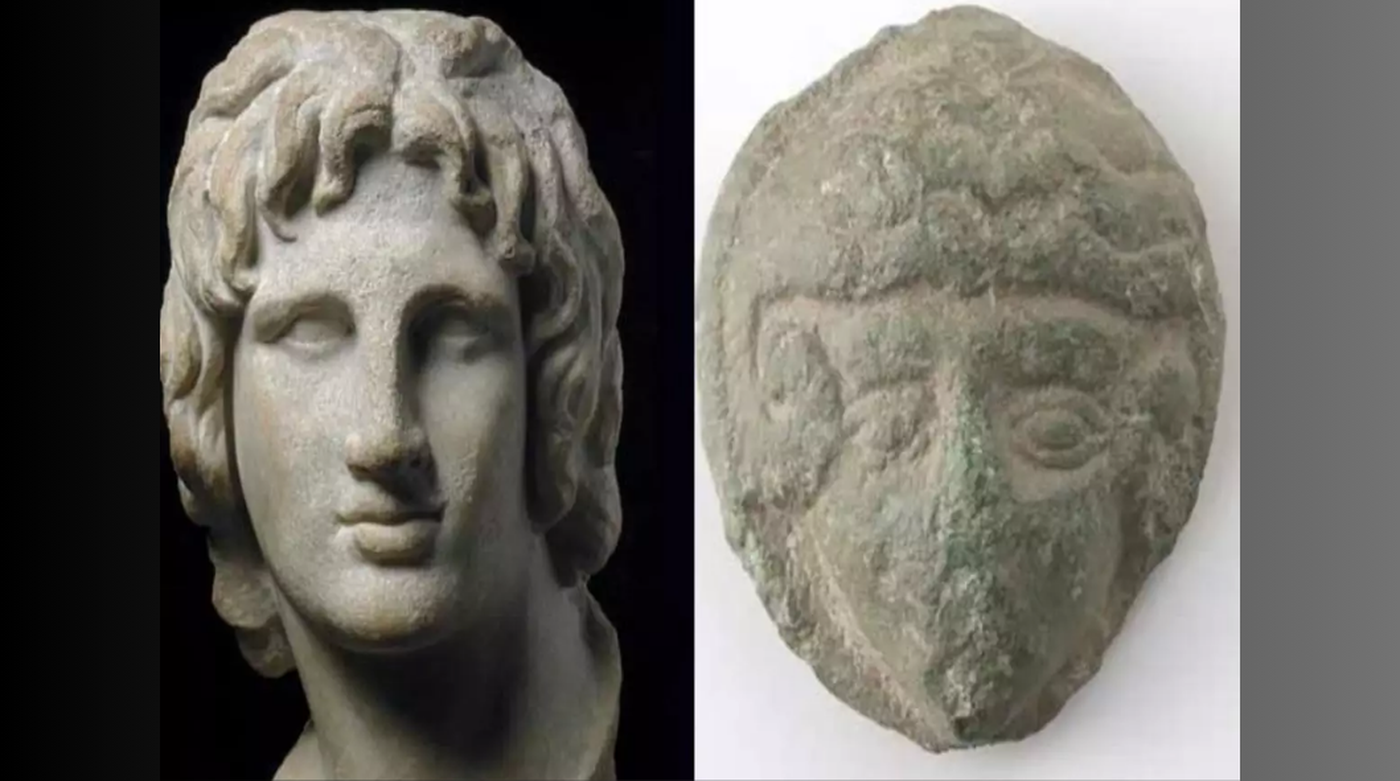Finn Ibsen and Lars Danielsen, while using metal detectors on Zealand Island, Denmark, discovered a small bronze piece thought to depict Alexander the Great. They handed it over to Museum West Zealand for further study.

source: canva
Details of the Bronze Artifact
This bronze artefact is a small disc, only about 1 inch in diameter, showing a man with wavy hair and ram horns on his head. It’s believed to be a bracket that could have been used as part of a sword belt or as a decorative item on a shield. The portrait is instantly recognizable as Alexander the Great due to his famous wavy locks and unique crown.
Historical Significance
The artefact dates back to around AD 200, a time when Roman Emperor Caracalla ruled. Caracalla admired Alexander the Great so much that he styled himself similarly and even thought of himself as Alexander reincarnated. This artefact adds to our understanding of how Alexander's image was used in later periods, particularly during Caracalla's reign.








